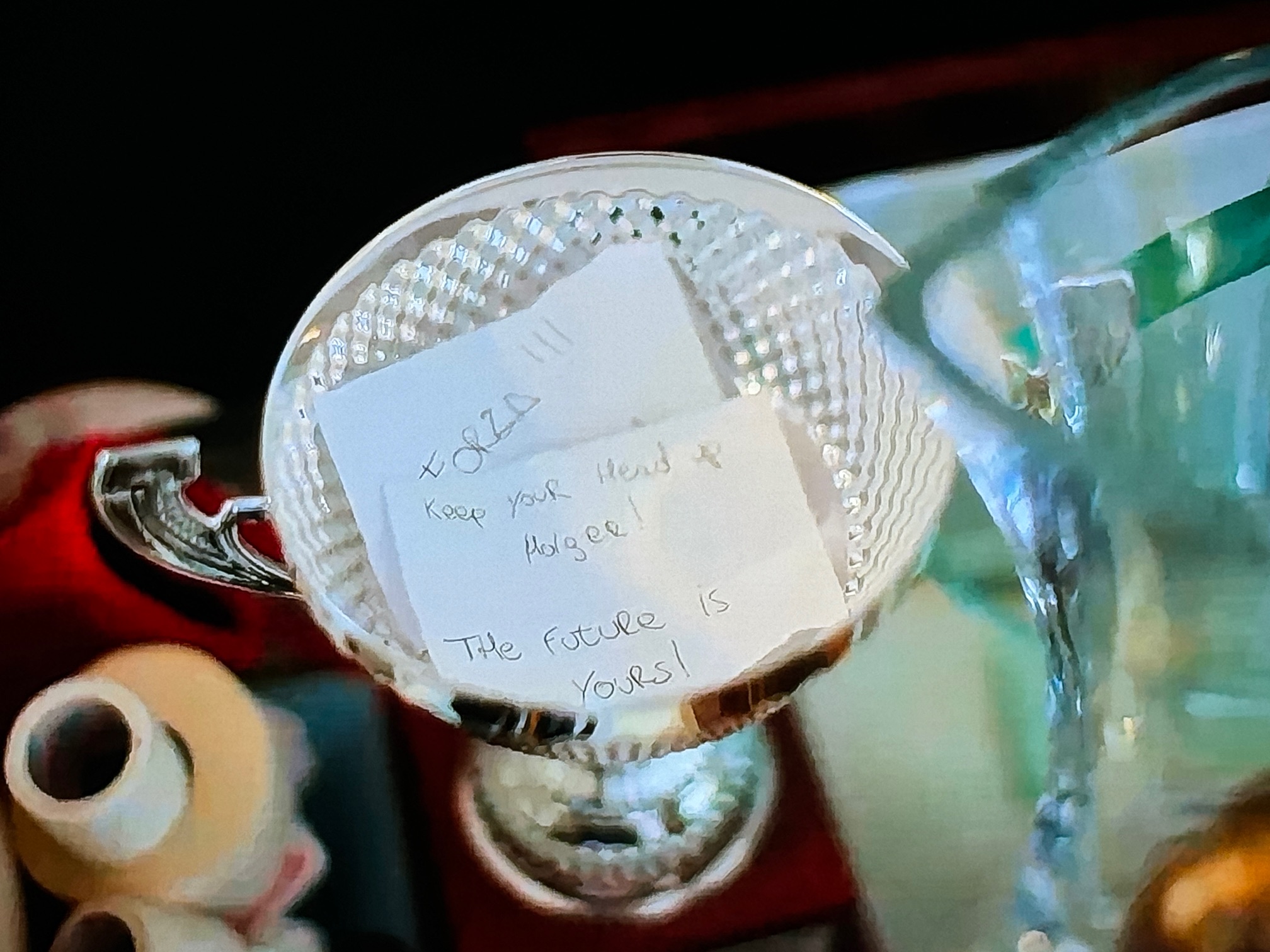Tennis Technology Tuesday
I recently purchased and started using a pulse oximeter as a part of my tennis training. If you have been in a medical setting recently, chances are that you have already had one of these devices slipped onto your finger. However, the availability of pulse oximeters in the consumer market is a fairly recent development. Most people probably don’t have one at home.
For athletes that train for high levels of peak performance, a pulse oximeter can be a valuable device to prevent overtraining. Due to my full time desk job, I am probably not in too much danger of accidently overtraining. So I will have to take the word of the training resources that one symptom is a perceptible drop in oxygen saturation levels.
COVID-19 is the development that pushed me over the edge to a purchase decision for a pulse oximeter. One of the indicators that a person with COVID-19 needs to seek medical attention is oxygen saturation levels dropping below 90% for an extended period of time. In fact, “happy hypoxia” is a phenomenon where a person with the disease can exbibit very mild symptoms, but in actuality be seriously ill as reflected by oxygen saturation levels. I recently came to the conclusion that it is prudent to have a pulse oximeter adjacent to the thermometer in the medicine cabinet.
At least, that is theoretically where it should be. The reality is that my pulse oximeter pretty much lives at my desk in my home office. I obsessively check my pulse rate during meetings. While my own oxygen saturation rates are fairly high, I do notice that it seems to be a little lower in the timespan following a high intensity workout.
The make and model that I selected is a Masimo MightySat because… well… that is the model that uses Taylor Fritz in their advertising. It is a little more expensive than other models available for sale, but has some extra features for that price. Additionally, Masimo produces medical grade devices which lends more credibility in their products above some of the competition on the market. And… Taylor Fritz, doncha know.
In addition to oxygen saturation and pulse rate, pretty much all the consumer market devices also measure the strength of blood flow to the finger. That is an indication of potential changes in circulation. In addition, the MightySat measures respiration rate which, quite frankly I haven’t found a use for. I don’t need a medical device to alert me to the fact that I am breathing hard.
Of more benefit to me in my training, the MightySat also measures the Pleth Variability Index (PVI) which shows the body’s hydration status. That measurement is quite a bit more accurate that the usual “pee color” test. A PVI of 25 or above indicates a state of dehydration. Anything below 20 indicates that hydration levels are probably fine.
As a player that has struggled with maintaining proper hydration levels, that may be the most valuable function of all. When tournaments resume, there is a pretty good chance that the mighty sat hitches a permanent ride in my racquet bag.
- Can an Oximeter Help Detect COVID-19 at Home?, Katie McCallum, Houston Methodist Hospital Blog, August 12, 2020.
Fiend At Court participates in the amazon associates program and receives a paid commission on any purchases made via the links in this article. Additional details on the disposition of proceeds from this source are available in the “About Fiend at Court” page.




